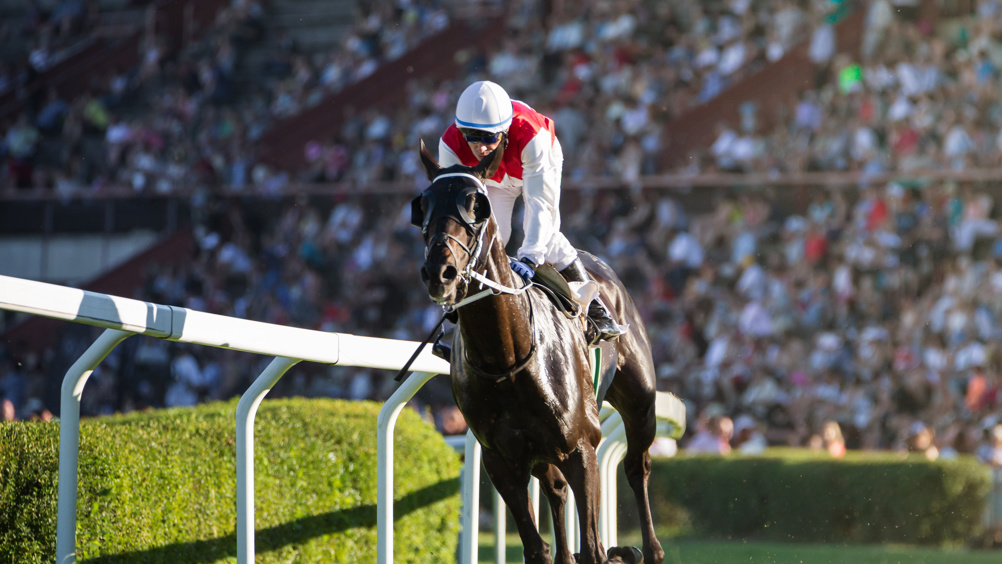References
Orthopaedic injuries on the racecourse

Abstract
Musculoskeletal injuries occur commonly on racecourses and are often associated with multiple horses racing at high speeds or, in National Hunt Racing, with jumping steeple chase fences and hurdles. With injuries on the racecourse, initial veterinary care is often done in the public eye. Managing the various injuries requires good knowledge of wound care, common injuries, limb support techniques and good communication. Racecourse injuries can include soft tissue wounds, some of which involve synovial structures, tendon and ligament injuries, appendicular fractures and spinal fractures. Some of these necessitate euthanasia on humane grounds, but the majority can be treated successfully by providing first aid treatment at the racecourse and organising further treatment at a referral centre, or at the trainer's yard with their own vet.
Racecourse veterinary surgeons are employed by individual racecourses to provide veterinary care on race-day. To join these teams, you must have been qualified for at least 5 years, work predominantly in equine practice and have attended the Association of Racecourse Veterinary Surgeon (ARVS) casualty management seminar. A shadowing scheme has been introduced for new vets, organised through the British Horseracing Authority (BHA). The ARVS Manual (2015) covers the full requirements of a racecourse veterinary surgeon and should be studied before joining a racecourse team.
Essential skills for the role are good communication, attentiveness and knowledge of how to manage common equine injuries, including support techniques for the transport of injured horses. Decision making on the course needs to be succinct as scenarios often play out in the public eye (Wright, 2017a). Euthanasia is often required on humane grounds, or is carried out electively. If working at point-to-point events, the basic principles will be the same, but the available facilities and support personnel will vary and individual connections will need to reimburse you for treatments. The majority of incidents seen by racecourse veterinary surgeons involve musculoskeletal injuries (Williams et al, 2001). This article summarises the management of these injuries, although this article is limited in its scope in terms of covering this topic comprehensively, so the reader is encouraged to use the references for more details, or attend the annual ARVS casualty management seminar.
Register now to continue reading
Thank you for visiting UK-VET Equine and reading some of our peer-reviewed content for veterinary professionals. To continue reading this article, please register today.

